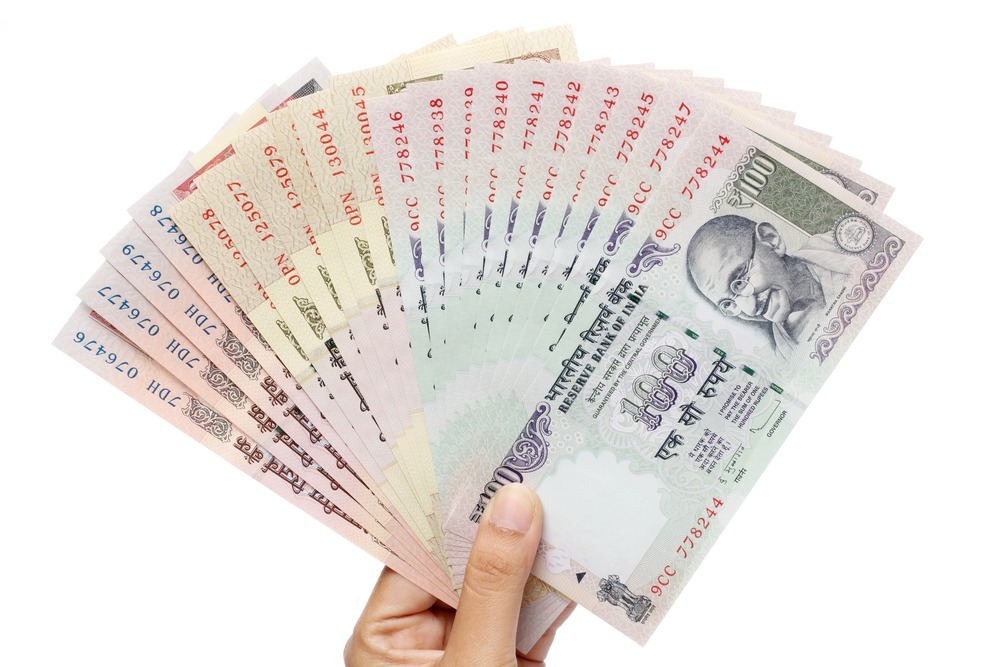In an attempt to encourage people to save more money by stepping up their investments and boost savings in the economy, the central government has re-launched the famous Kisan Vikas Patra scheme (KVPs). Kisan Vikas Patras would offer an annual return of 8.7% by doubling the total amount invested in the scheme in 100 months or eight years and four months.
Kisan Vikas Patra savings scheme was originally launched in 1988 doubling the invested money in then stipulated five and a half years. Kisan Vikas Patras scheme was withdrawn in 2011 but with dwindling savings rate which has dropped from record high of 36.8% to below 30% currently, the government is hopeful that investors would embrace the re-launched scheme with equal vigor and enthusiasm.
Speaking to new reporters at the launch of the Kisan Vikas Patras scheme, the finance minister Mr. Arun Jaitely said that he was hopeful that all collections under the scheme would help the government mobilize funds for financing developmental plans while keeping poor investors away from the traps of Ponzi schemes which offer to double money in quick time. Let us look at various aspects of Kisan Vikas Patras scheme and how it can be useful for the common man.
Everything you wanted to know about Kisan Vikas Patra Scheme:
The Kisan Vikas Patra certificates will be sold through post offices only as of now and would be available in the denominations of Rs 1,000, 5,000, 10,000 and 50,000. The scheme would be available at a later stage with various public sector nationalised banks for consumers. Kisan Vikas Patras would double the invested money in 100 months which effectively come to eight years and four months.
The scheme has a lock-in period of 30 months which means that investors would not be able to withdraw any invested money in the scheme before the lock-in period expires. Once the lock-in period of two years and six months is over, the investors are free to withdraw their money in any block of six months. One great feature that makes Kisan Vikas Patra a great investment vehicle for the rural and urban households is the fact that Kisan Vikas Patras can be pledged as security to avail a number of retail loans with banks and non-banking financial companies.
For people seeking to invest in Kisan Vikas Patras as joint account holders, Kisan Vikas Patra certificates are issued both in single or joint names. The Kisan Vikas Patras is fully transferrable from one person to any other person/persons multiple times. The on big drawback of the Kisan Vikas Patra scheme is that investment made in the scheme does not come with any tax benefits and all returns are fully taxable as per the income tax bracket of the investor concerned.
KVPs and Tax Obligations:
While Kisan Vikas Patras are a great investment tool allowing for doubling of invested money in a fixed period of 100 months, the scheme does not offer any tax advantages compared to some other investment options. The investor would be obliged to pay income tax on the interest earned during the tenure on the investment made in Kisan Vikas Patras. While the Kisan Vikas Patras offer an annual return to the tune of 8.7% making it an attractive investment opportunity, the deduction of tax may dent the popularity of the scheme with returns likely to be far lower in case the inflation rates rise to higher pedestal in the future.
Kisan Vikas Patras Vis-à-vis PPF and Fixed Deposits:
Kisan Vikas Patras offer an attractive annual rate of interest but let us take a look at how the scheme fares against PPF and fixed deposits, two of the most popular saving schemes used by the common man. Public Provident Fund or PPF offers similar returns to Kisan Vikas Patras but have a longer tenure period of 15 years. The advantage of PPF over Kisan Vikas Patra Scheme, is the fact that all interest earned on investment in PPF is completely tax free. On the downside , however, longer tenure period and a cap of maximum investment of Rs. 1.5 Lakhs permissible in PPF make KVPs a better investment option.
Fixed deposits are another investment vehicle used by the common man when it comes to assured return investment options. While long tenure fixed deposits of more than five years offer maturity rates at par with KVPs with no tax obligations, the variable interest rate of fixed deposits after the five year tenure and the assured doubling of invested money makes KVPs an equally lucrative of not a better investment opportunity for the common man when seeking a safe and transparent financial investment option.
What in your opinion is a good debt instrument in the current time frame? Which has been your favourite savings tool and why? What do you think are the disadvantages of KVP in its new avatar?
